As many of you know, I work on a number of different systems. I am a frequent GM for Fate Core, D6 Star Wars and even Savage Worlds in addition to other non-rpg board games. One of the things that always seems to bog down our D&D sessions is the combat grind. Turn after turn of rolling d20 and deducting points. While this can lead to some additional drama, more times than not it just bores the pants off of me. So what can be done to improve the speed of the combat round while still keeping the drama of that natural 20?
Enter the damage system.
All of the other games I GM have a system of damage that consists of multiple “steps” that drag your player down closer to death. Typically it’s three steps: Wounded, Incapacitated, and Taken Out. I really like this, but how can it be worked in a D&D type system?
I think that it’s a matter of adjusting how damage is applied to the player or monster.
Rolling to hit.
To hit an opponent we roll d20 and add modifiers vs the target’s Armor Class (AC). That’t still good – the ability to adjust how hard to hit something works.
Rolling damage needs to change.
Roll the damage for the weapon (ex: 1d8) and then compare it to the target’s strength. So if a Ogre has a +4 to strength so any roll over 4 would result in a wound, whereas a rat with a strength of +1 would wound automatically if hit. This would keep with the paradigm that rats are easier to kill than ogres. It also would allow for damage to scale automatically without changing anything else. A two handed sword does 2d6 damage and it much more likely to kill a monster with one hit that a dagger. It works.
The OpenD6 system has a great scale for damage. It allows for the amount over the target’s strength to cause addition issues. I also like this. It allows for high damage rolls to really kill things fast (as they should).
Amount over Strength
| Amount Over | Status | Effect |
|---|---|---|
| 1-3 | Stunned | -1 to all rolls next round actions only |
| 4-8 | Wounded | -1 to all rolls until healed |
| 9-12 | Incapacitated / Severely Wounded | CON Save or become unconscious. Success you become Severely Wounded: -3 to all rolls until healed |
| 13+ | Mortally Wounded | CON Save or Death. Success you become Mortally Wounded: -5 to all rolls until healed |
If the player is already wounded once, then the second wound would would penalize the character with a -2 to all rolls until healed. If they’re wounded again, treat that wound as a Severe / Incapacitated wound. If it happens after that, then treat it as a mortal wound.
If the player is already stunned and get’s stunned again – then stack the stunned penalty. A player can be stunned as many times as they have strength with a minimum of once. If they get stunned after that, then they become unconscious for 1d6 rounds.
Any additional wounds are automatically upgrade to the Incapacitated / Severely Wounded level, save accordingly.
Soaking Damage
The final piece of the puzzle is a way for HEROIC saves to happen. I propose a CON check (or use the monster’s hit dice as the bonus) to halve the damage roll (rounded up). This would represent the ability for heroes to shrug off attacks. Creatures that are resistant to certain types of damage would automatically get half damage.
Final Run Through
Player Attacks. Roll d20 + bonus > Target Armor Class (AC)
if hit, then roll the weapon’s damage (ex: 1d8 + str for a sword) and find the difference between the roll and the target’s strength.
if the difference is greater than zero, then defender rolls CON Save 10 to reduce the number by half (AKA the Soak)
Finally compare final number to chart above to see the effect
So what do you think?
Does this make sense? Would it speed up combat? Post a comment below and let me know.
Discover more from Cresthaven RPG
Subscribe to get the latest posts sent to your email.
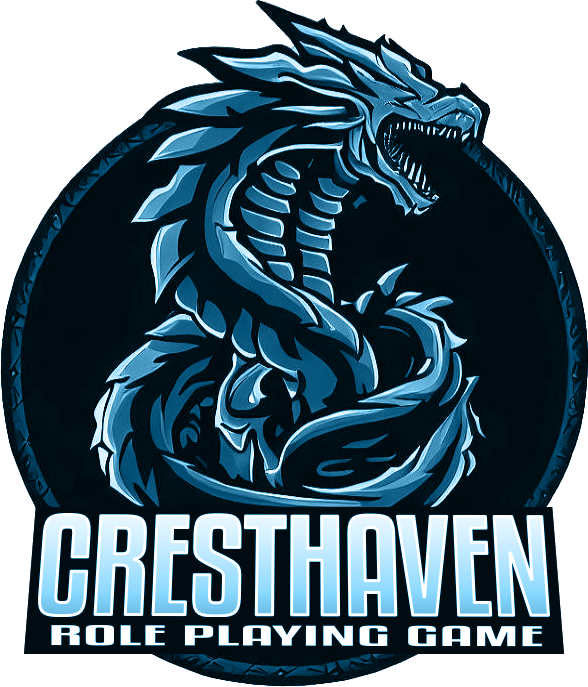

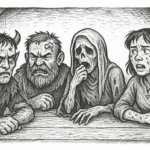

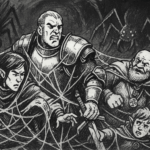

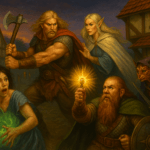


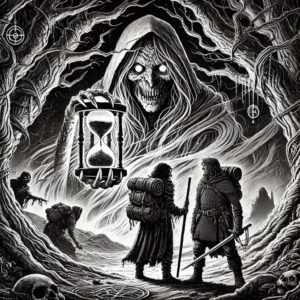




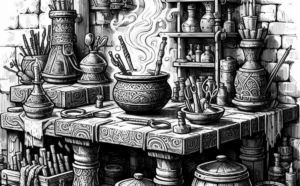

I like the base rules about that and would like to play test it soon (I’ve played a bunch of Vampire, which also uses a wound system). But I have a few issues with the rules presented:
a) I’d ditch the “Amount over Strength” table and have the extra effects to the GM’s discretion. Else it’s just one more table to look at and this is not simple/fast.
b) Same with the CON soak option, That’s one more roll to drag the turn a bit longer. Have resistances or special effects halve it instantly or go home.
Those are just my two cents but I really like the concept. It’s more meaningful than hitpoints too.
It turned out to not be quicker than hit points. I’m still thinking about how to speed up combat – it’s a slog.
I like the base rules about that and would like to play test it soon (I’ve played a bunch of Vampire, which also uses a wound system). But I have a few issues with the rules presented:
a) I’d ditch the “Amount over Strength” table and have the extra effects to the GM’s discretion. Else it’s just one more table to look at and this is not simple/fast.
b) Same with the CON soak option, That’s one more roll to drag the turn a bit longer. Have resistances or special effects halve it instantly or go home.
Those are just my two cents but I really like the concept. It’s more meaningful than hitpoints too.
Would it speed up combat? I don’t think so, it is another chart to check against. I suppose that if you are replacing the chart with this one, it might be, but I don’t know what chart you are using. I could also see this system being more dangerous to PC’s but I think that I’d still play-test it.
I’ll post a play test sheet